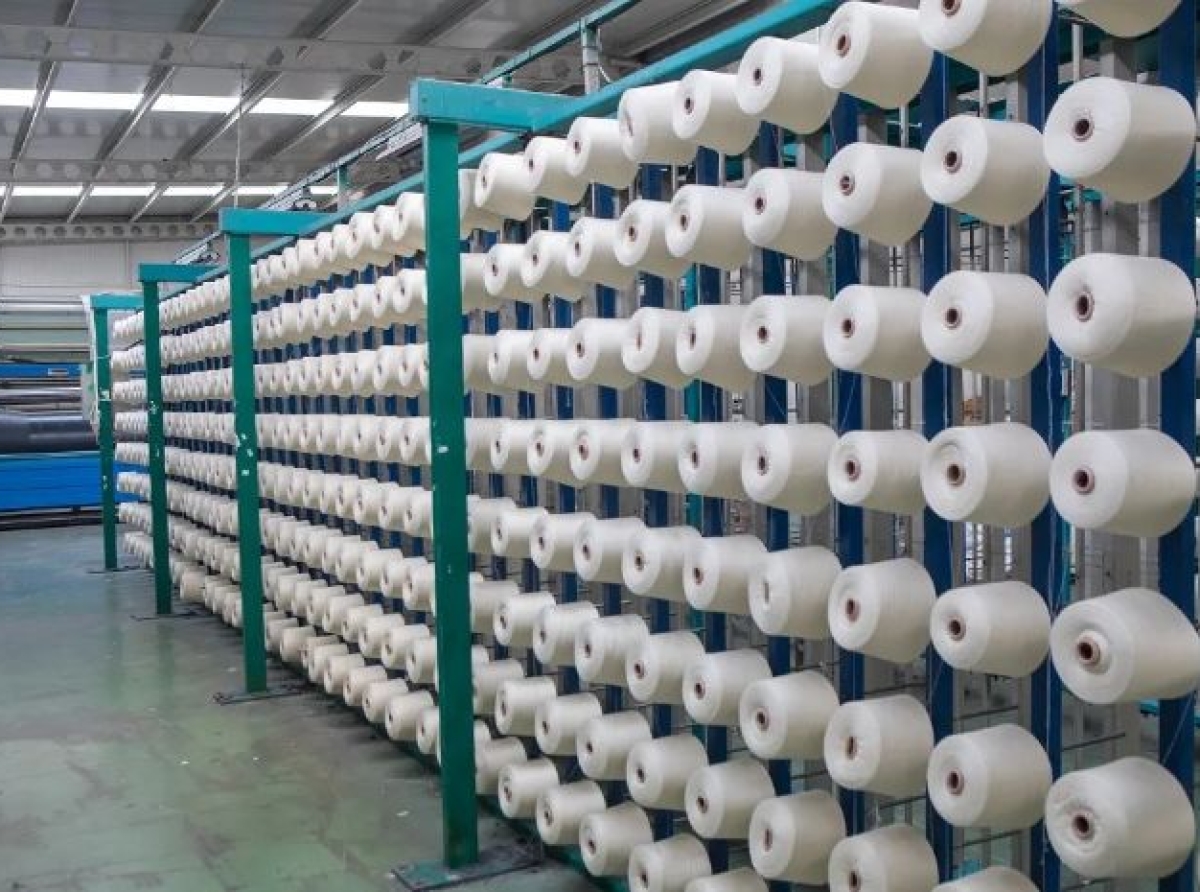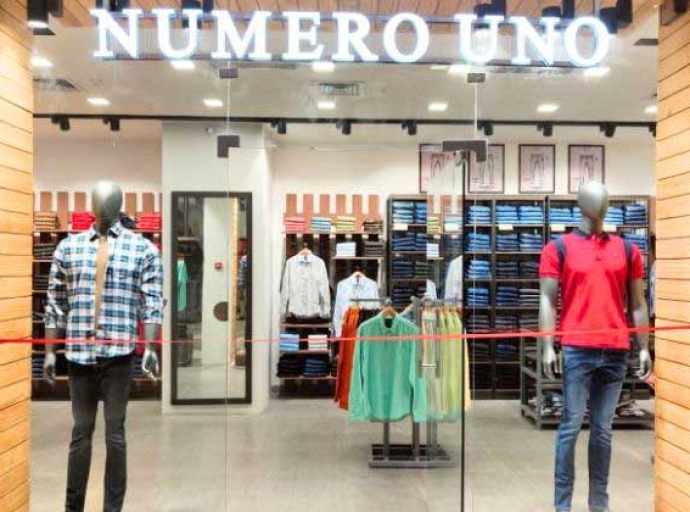20 May 2023, Mumbai
As firms battle to recover, one of the main factors that has hampered the industry's recovery is the loss of liquidity. The pile of debt hinders a strong rebound many companies in the fashion supply chain hold and the massive erosion of equity over the past 15 months.
Policy interventions
The government has provided various initiatives to provide relief and a way to survive. Still, these are only short-term fixes that will expire because the duration of such support has already been established.
The problem of 'missing middle' Numerous experts believe that while short-term fixes may help the business, a proper recovery will take several years.
According to a recent report by the Small Industries Development Bank of India and the Centre for Research in International Finance (CRIF), which highlights the industry's ongoing liquidity crisis, the market value of the sector will be US $ 136.8 billion in 2020, down from US $ 140.4 billion in 2019, a decline of 2.6%. As a result, the drop in business and slowness in the markets are highly apparent.
Data points
According to the research, as of December 2020, the total amount of credit used by the textile sector was US $ 21.8 billion (about Rs. 1.62 lakh crore). Notably, credit availability has decreased Y-o-Y by about 20%, with working capital credit offtake accounting for all but about 40% of total credit offtake and term loan credit accounting for the remaining 47%.
Pandemic and beyond
This shows that businesses have been largely inactive since the pandemic forced markets to lockdown in March 2020, bringing the economy to a virtual standstill. Even though commerce was interrupted worldwide, it was most noticeable in the export sector, where the number of credits obtained fell by 25% yearly. However, a positive development is that Nonperforming Assets (NPA), which pose a significant threat to the Indian economy, decreased by 8% from December 2019 to December 2020 to stand at 16.92%. The NPA in September 2018 was 29.59%.
Credit management
The larger companies in the textile value chain primarily turn to private banks for their credit needs. This is quite evident because although private banks only account for 23.49 percent of the total loans made to the sector, they account for 40.54 percent of the loans' real value.
More giant corporations had outstanding debt of Rs. 94,000 crores in December 2019 with a delinquency of 36.58 percent, compared to Rs. 64,000 crores and 22.88 percent in December 2020.
Various research indicates that the MSME borrower segment accounts for 95% of the total number of loans (credit volume) in the textile industry and roughly 50% of the total amount of loans (credit value) to the sector.
Public sector banks currently account for 62.61 percent of the industry's loan volume and 36.54 percent of its loan value. It is clear that while larger firms favor private banks for their credit requirements, most SMEs continue to rely on public banks because they offer safer loan possibilities.
Credit portfolio pie
It's interesting to note that credit behavior varies across different textile centers, with the top 13 textile and apparel regions accounting for 80% of the total credit portfolio. Maharashtra, a significant textile hub, has the most extensive portfolio, accounting for 25% of the nation's total book size.
A total of Rs. 40,400 crores, or 31.73 percent of the overall credit portfolio for the Indian textile and apparel industry, belongs to this state. Mumbai, Ichalkaranji, Bhiwandi, and Malegaon are just a few of the state's textile and apparel hubs.
The credit portfolio for the Mumbai region is Rs. 36,760 crores, while for the Pune-Kolhapur region, it is Rs. 2,073 crore. With 0.20 million workers, the area serves as a hub for yarn, fabric, and apparel for domestic and foreign markets.
Tamil Nadu comes in second with a loan portfolio worth Rs. 22,300 crore. The Tirupur-Coimbatore-Madurai region has a loan portfolio worth Rs. 20,760 crore, whereas the Chennai-Kancheepuram region has a credit portfolio of Rs. 1051 crore. 2.12 million people are employed in these two Tamil Nadu regions.
The maximum credit portfolio of an area has no bearing on employment, as evidenced by the report's claim that Tamil Nadu, which has a credit portfolio of Rs. 18,100 crores less than Maharashtra but much higher employment than Maharashtra, is the leading region in Maharashtra with a 2.5% employment share.
Textile Industry Struggles: Liquidity Crisis and Recovery
A recent report shows a 2.6% decline in market valuation from USD 140.4 billion in 2019 to USD 136.8 billion in 2020, reflecting reduced business activity. The textile industry witnessed a significant 20% YoY credit decline, indicating business inactivity since the lockdown. Challenges include liquidity erosion, policy uncertainties, container shortages, disrupted shipping lines, and high freight rates.
The Federation of Indian Export Organisations (FIEO) aims to diversify and enhance outbound shipments. FIEO urges a balanced export policy, increased working capital, extended factoring facilities, and solutions for transportation and logistics issues.
The fashion & textile industry is hindered by a severe liquidity crisis, eroded equity, and heavy debt burdens. Temporary relief measures by the government offer limited assistance, and a complete recovery is expected to take years.
Latest Publications


































